Little Changes That Have a Big Impact on Blood Pressure
Imagine a silent enemy, lurking unnoticed, slowly eroding the very vitality of your heart and arteries. That's hypertension – high blood pressure – a pervasive threat affecting millions globally, often without a single warning sign until its damage is profound. This insidious "silent killer" dramatically escalates your risk of heart disease, stroke, and kidney failure, accounting for over 7.5 million deaths annually worldwide. But here's the powerful truth: you hold significant agency in confronting this threat. Beyond medication, your daily habits possess remarkable power. We've expanded our essential guide of simple yet profoundly effective tweaks you can seamlessly weave into your routine. These aren't just tips; they're a holistic roadmap to naturally lower your blood pressure, reclaim control, and revitalize your overall health, one mindful step at a time.
1. Embrace a Heart-Healthy Diet
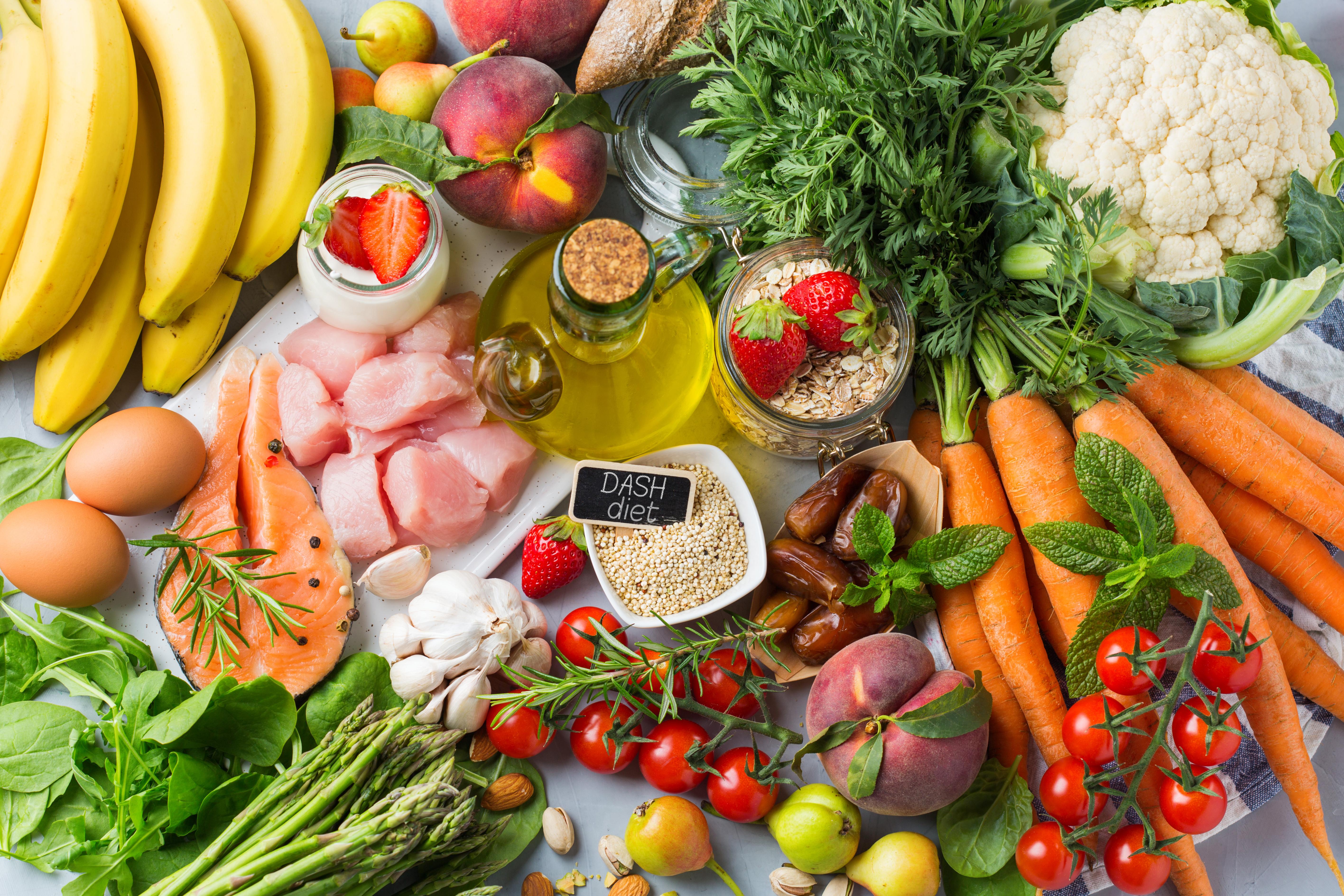
Diet plays a crucial role in managing blood pressure. The Dietary Approaches to Stop Hypertension (DASH) diet is specifically designed to help people reduce their blood pressure. This eating plan emphasizes the consumption of fruits, vegetables, whole grains, lean proteins, and low-fat dairy products while limiting saturated fats, cholesterol, and sodium. By adopting a DASH diet, you can significantly lower your blood pressure and improve your heart health. Studies have shown that individuals who follow the DASH diet can experience a reduction in blood pressure within just two weeks. Incorporating more potassium-rich foods, such as bananas, sweet potatoes, and spinach, can also help manage blood pressure. Potassium helps balance the amount of sodium in your cells, which can reduce high blood pressure. Additionally, reducing sodium intake is essential. The American Heart Association recommends consuming no more than 2,300 milligrams of sodium per day, with an ideal limit of 1,500 milligrams for most adults. By making these dietary changes, you can take control of your blood pressure and improve your overall health.
2. Get Moving: The Power of Regular Exercise

Physical activity is a cornerstone of a heart-healthy lifestyle. Regular exercise strengthens the heart, allowing it to pump blood more efficiently and reducing the pressure on the arteries. Engaging in at least 150 minutes of moderate-intensity aerobic exercise, such as brisk walking or cycling, per week can significantly lower blood pressure. Incorporating strength training exercises at least twice a week can also provide additional benefits, helping to maintain a healthy weight and improve cardiovascular health. Exercise not only helps in lowering blood pressure but also enhances mood, reduces stress, and improves overall well-being. It's important to choose activities that you enjoy, as this will increase the likelihood of maintaining a consistent exercise routine. Whether it's dancing, swimming, or playing a sport, finding an activity that brings joy can make a significant difference in your commitment to regular physical activity. Remember, consistency is key, and even small amounts of exercise can add up to substantial health benefits over time.
3. Manage Stress: Techniques for a Calmer Mind

Chronic stress is a known contributor to high blood pressure. When you're stressed, your body releases hormones that temporarily increase blood pressure by causing your heart to beat faster and your blood vessels to narrow. Over time, this can lead to sustained high blood pressure. Learning to manage stress effectively is crucial for maintaining healthy blood pressure levels. Techniques such as deep breathing, meditation, and yoga can help calm the mind and reduce stress. Mindfulness meditation, in particular, has been shown to lower blood pressure by promoting relaxation and reducing the body's stress response. Practicing mindfulness involves paying attention to the present moment without judgment, which can help you become more aware of your thoughts and feelings and manage them more effectively. Additionally, engaging in hobbies, spending time in nature, and connecting with loved ones can also help reduce stress and improve your overall well-being. By incorporating stress management techniques into your daily routine, you can create a more balanced and healthier lifestyle.
4. Prioritize Sleep: The Connection Between Rest and Blood Pressure

Quality sleep is essential for maintaining healthy blood pressure levels. During sleep, your body repairs itself, and the heart rate and blood pressure naturally decrease. However, sleep deprivation or poor sleep quality can lead to elevated blood pressure and increase the risk of hypertension. Adults should aim for seven to nine hours of sleep per night to support overall health and well-being. Establishing a consistent sleep schedule and creating a relaxing bedtime routine can help improve sleep quality. Factors contributing to poor sleep include stress, caffeine consumption, and exposure to screens before bedtime. Limiting caffeine intake, especially in the afternoon and evening, and reducing screen time before bed can help improve sleep. Additionally, creating a comfortable sleep environment, such as keeping the bedroom dark, quiet, and cool, can promote restful sleep. By prioritizing sleep and making necessary adjustments, you can support your body's natural ability to regulate blood pressure and improve your overall health.
5. Limit Alcohol and Avoid Tobacco

Both alcohol and tobacco use can have detrimental effects on blood pressure. While moderate alcohol consumption may have some heart health benefits, excessive drinking can lead to elevated blood pressure and other health issues. The American Heart Association recommends that men limit alcohol intake to no more than two drinks per day and women to no more than one drink per day. Cutting back on alcohol can help lower blood pressure and reduce the risk of developing hypertension. Tobacco use is another significant risk factor for high blood pressure. The chemicals in tobacco can damage blood vessels and increase the risk of heart disease. Quitting smoking is one of the most effective ways to improve heart health and lower blood pressure. While quitting can be challenging, there are numerous resources and support systems available to help individuals successfully quit smoking. By reducing alcohol consumption and avoiding tobacco, you can take significant steps toward improving your blood pressure and overall health.
6. Maintain a Healthy Weight

Weight management is a critical component of controlling blood pressure. Excess weight can strain the heart and increase the risk of hypertension. Even a small amount of weight loss can have a significant impact on blood pressure levels. Losing just 5% to 10% of your body weight can help lower blood pressure and improve heart health. Achieving and maintaining a healthy weight involves a combination of a balanced diet and regular physical activity. Setting realistic weight loss goals and focusing on gradual, sustainable changes can lead to long-term success. It's essential to avoid fad diets and instead adopt a healthy eating plan that you can maintain over time. Additionally, seeking support from healthcare professionals, such as dietitians or nutritionists, can provide valuable guidance and resources. By prioritizing weight management, you can take control of your blood pressure and enhance your overall health.
7. Monitor Your Blood Pressure Regularly

Regular monitoring of blood pressure is crucial for managing hypertension effectively. Home blood pressure monitors make it easy for individuals to track their blood pressure regularly and identify any changes or trends. Keeping a record of your blood pressure readings can help you and your healthcare provider assess the effectiveness of lifestyle changes and medication. It's important to follow the manufacturer's instructions and ensure the monitor is calibrated correctly for accurate readings. Monitoring blood pressure at home can also help reduce anxiety and provide a more comprehensive picture of your blood pressure levels. This information can be valuable during medical appointments, allowing healthcare providers to make informed decisions about treatment and management strategies. By taking an active role in monitoring your blood pressure, you can gain a better understanding of your health and make necessary adjustments to improve your well-being.
8. Stay Hydrated: The Importance of Water
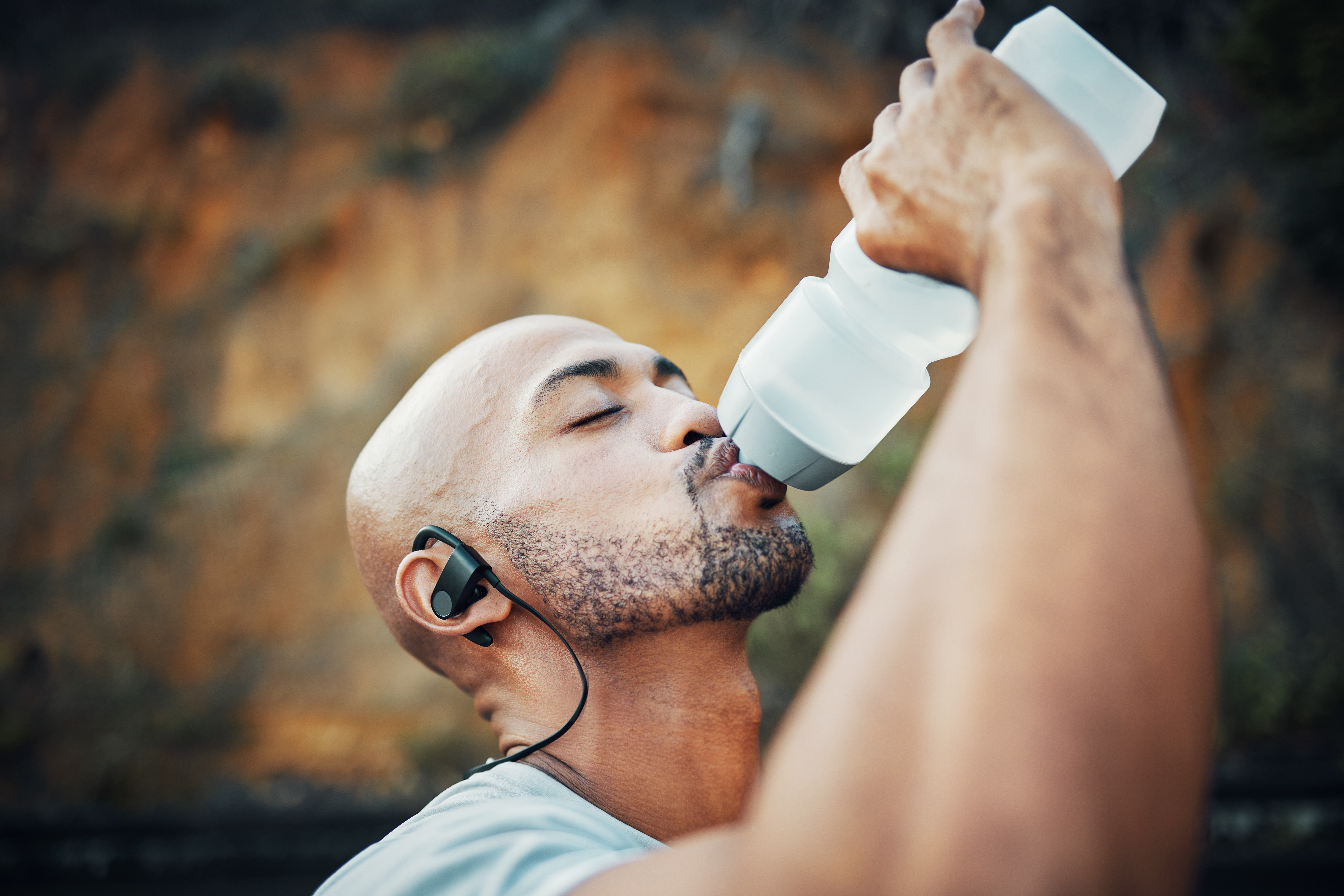
Proper hydration is essential for maintaining healthy blood pressure levels. Water is vital for various bodily functions, including regulating blood pressure. Dehydration can lead to an increase in blood pressure due to the body's attempt to conserve water by constricting blood vessels. Drinking an adequate amount of water each day helps ensure that your body functions optimally and can help prevent elevated blood pressure. The general recommendation is to drink at least eight 8-ounce glasses of water per day, though individual needs may vary based on factors such as activity level and climate. It's important to listen to your body's signals and drink water when you're thirsty. Additionally, incorporating water-rich foods, such as fruits and vegetables, into your diet can contribute to overall hydration. By prioritizing hydration, you can support your body's natural ability to regulate blood pressure and improve your overall health.
9. Reduce Caffeine Intake
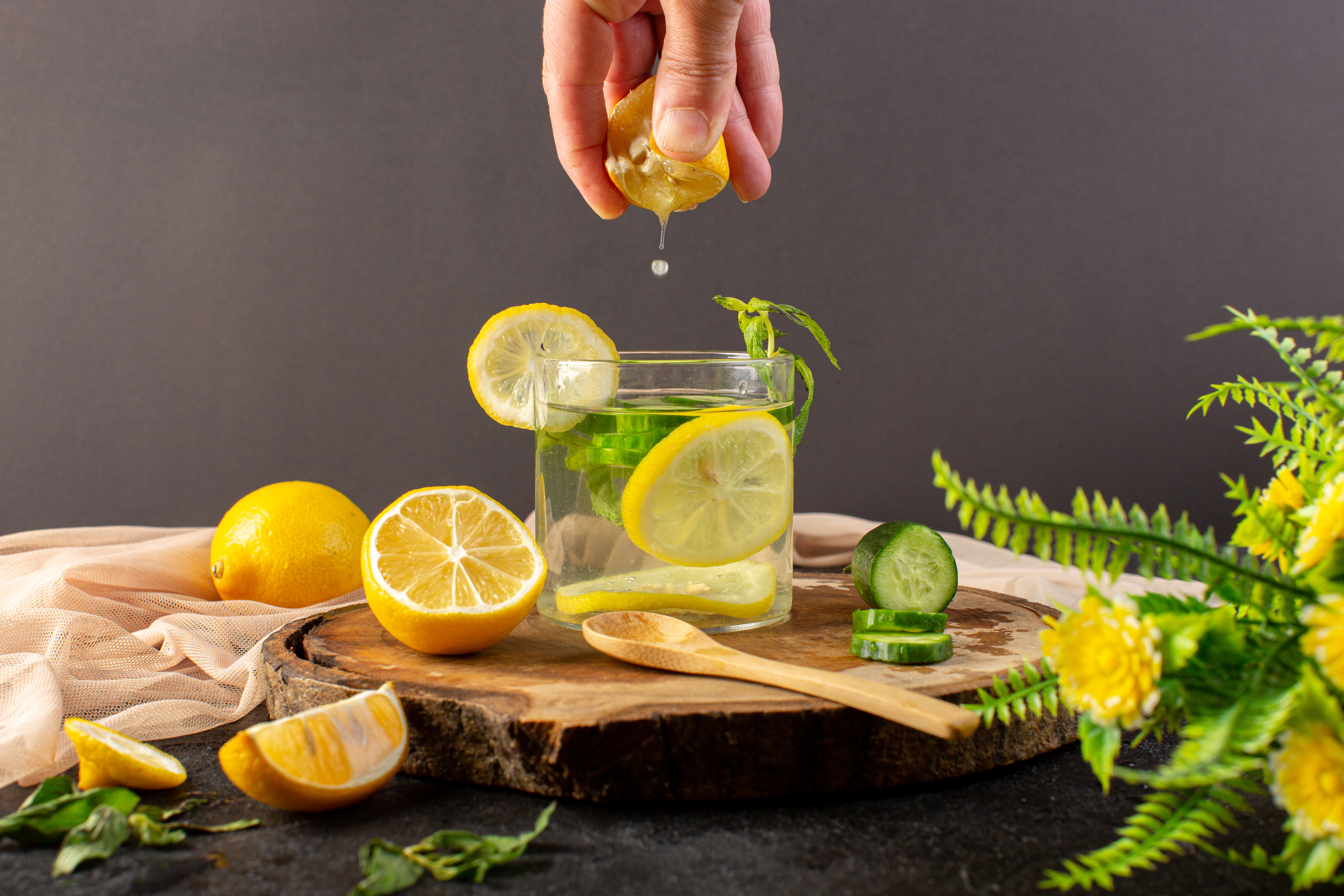
Caffeine is a stimulant that can temporarily increase blood pressure by causing the heart to beat faster and the blood vessels to constrict. While the effects of caffeine on blood pressure can vary among individuals, it's important to be mindful of your caffeine consumption, especially if you have high blood pressure. Limiting caffeine intake to no more than 400 milligrams per day, equivalent to about four cups of brewed coffee, can help manage blood pressure levels. If you're sensitive to caffeine, consider gradually reducing your intake to minimize withdrawal symptoms. Opting for decaffeinated beverages or herbal teas can be a great alternative. Additionally, monitoring your blood pressure before and after consuming caffeine can help you understand its impact on your body. By being mindful of caffeine consumption, you can take control of your blood pressure and support your overall health.
10. Incorporate Omega-3 Fatty Acids
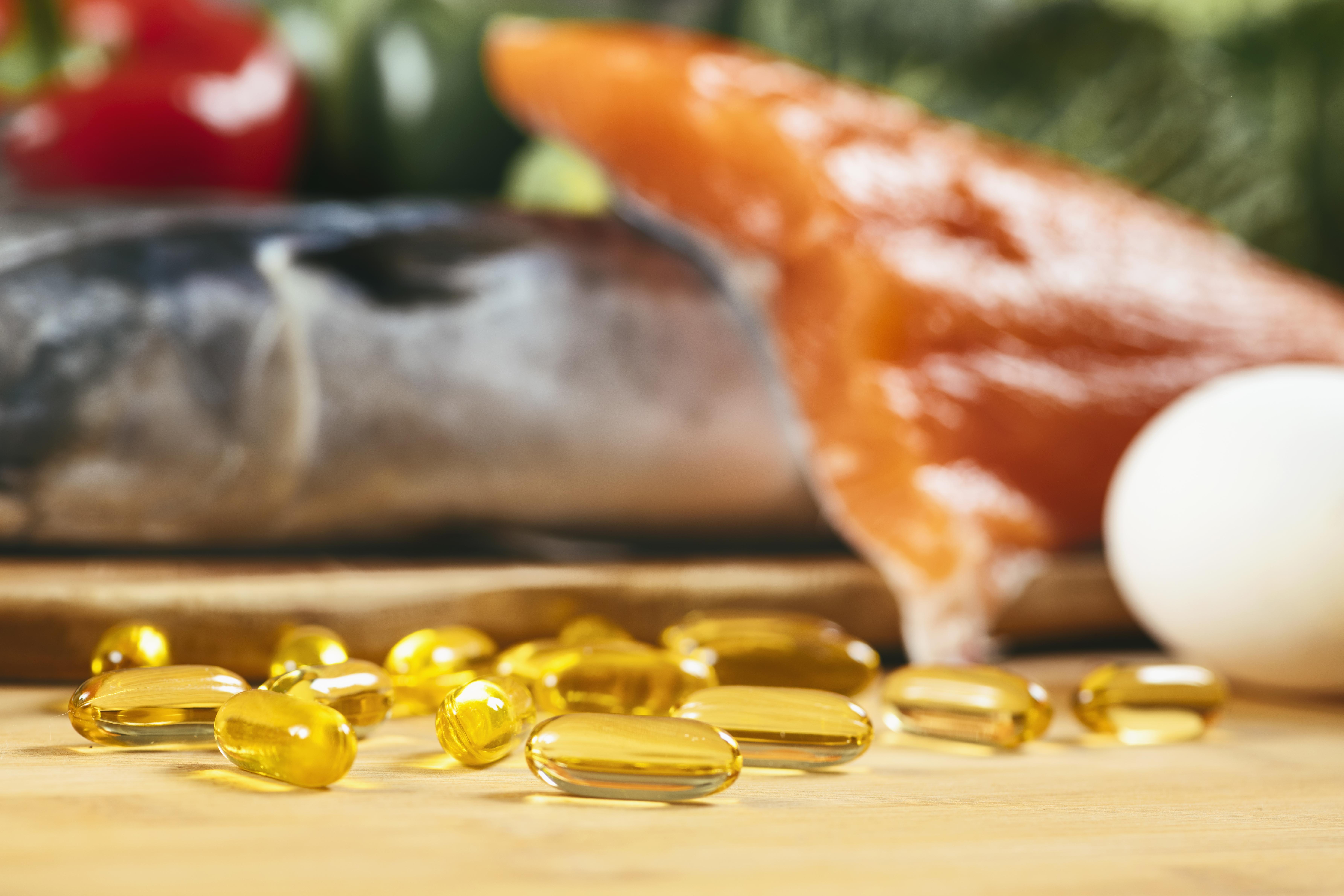
Omega-3 fatty acids are essential nutrients that have been shown to have numerous health benefits, including lowering blood pressure. These healthy fats are found in fatty fish, such as salmon, mackerel, and sardines, as well as in flaxseeds, chia seeds, and walnuts. Omega-3 fatty acids help reduce inflammation, improve heart health, and lower blood pressure by promoting the relaxation of blood vessels. Including omega-3-rich foods in your diet can have a positive impact on your blood pressure and overall health. If you're unable to consume enough omega-3s through your diet, consider taking a high-quality fish oil supplement. It's important to consult with a healthcare professional before starting any supplements to ensure they're appropriate for your needs. By incorporating omega-3 fatty acids into your diet, you can support your heart health and manage blood pressure effectively.
11. Foster Social Connections

Social connections and relationships play a vital role in overall health and well-being. Strong social support can help reduce stress and promote a sense of belonging, which can have a positive impact on blood pressure. Engaging in social activities, spending time with loved ones, and building a supportive network can help improve mental and emotional health, ultimately contributing to better blood pressure management. Volunteering, joining clubs, or participating in group activities can provide opportunities to connect with others and build meaningful relationships. Additionally, reaching out to friends and family for support during challenging times can help alleviate stress and improve your overall well-being. By fostering social connections, you can create a supportive environment that promotes health and happiness.
12. Embrace Potassium: The Sodium Balancer
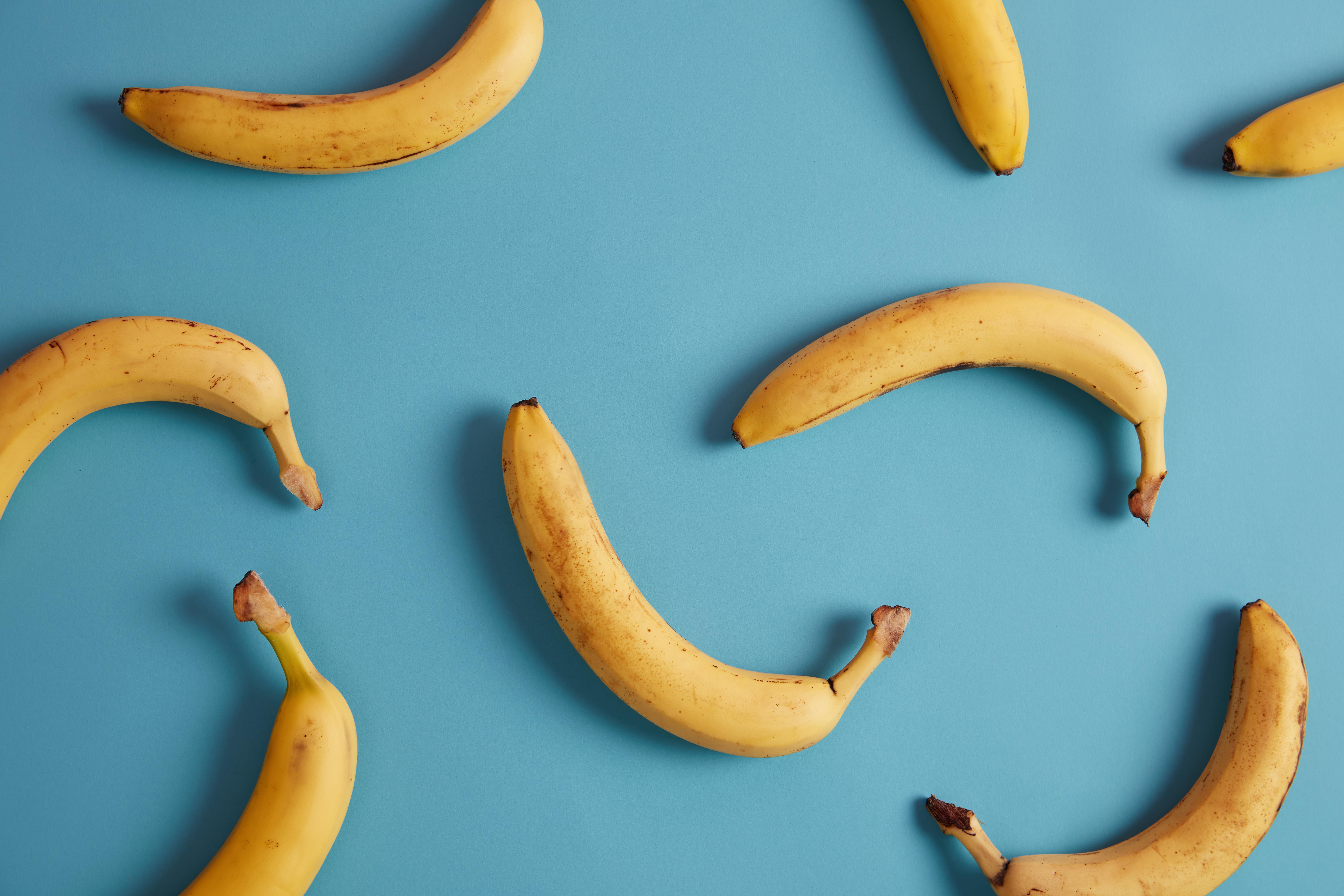
While reducing sodium is crucial, increasing your intake of potassium is an equally powerful, often overlooked, strategy for blood pressure control. Potassium helps to blunt the effects of sodium on the body by promoting its excretion through urine, thereby relaxing blood vessel walls. This isn't about supplements, but focusing on food sources. Load up on potassium-rich foods like bananas, sweet potatoes, spinach, avocados, white beans, and plain yogurt. Incorporating these into your daily diet creates a natural counterbalance to sodium, making it a powerful and delicious tweak for heart health.
13. Explore Magnesium: The Natural Muscle Relaxer
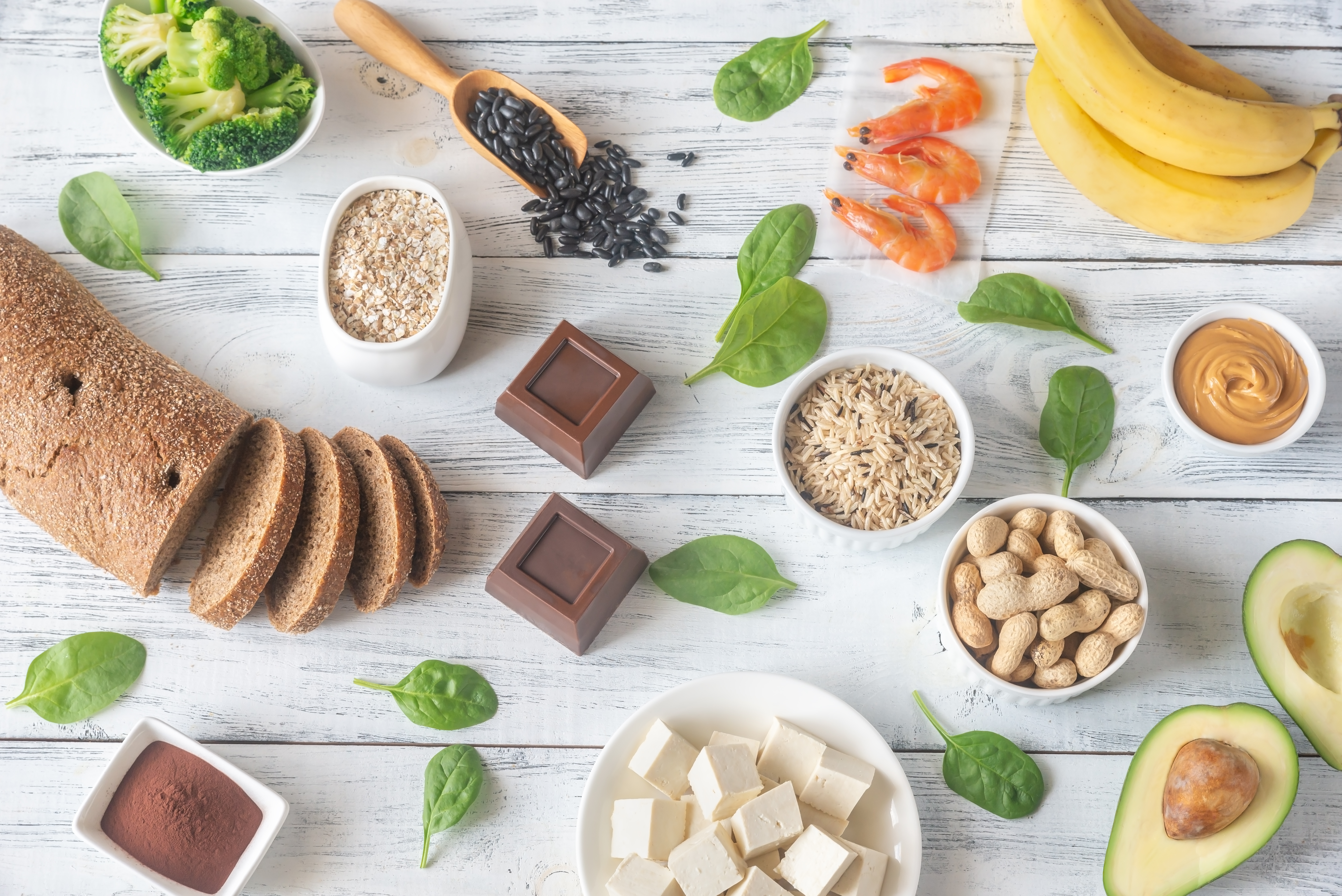
Magnesium, often called "nature's muscle relaxer," plays a vital role in blood pressure regulation by helping to relax and dilate blood vessels. Many people are deficient in this essential mineral, which can contribute to hypertension. Incorporating magnesium-rich foods into your diet can make a significant difference. Excellent sources include dark leafy greens (like kale and Swiss chard), nuts (almonds, cashews), seeds (pumpkin, chia), legumes, and whole grains. While supplements exist, prioritizing dietary magnesium is a gentler approach. This simple tweak supports healthy blood flow and can contribute to a noticeable drop in pressure.
14. Mindful Breathing: The Instant Pressure Reducer

Beyond general stress management, specific mindful breathing exercises can provide an immediate, albeit temporary, reduction in blood pressure. Techniques like diaphragmatic breathing (also known as belly breathing) activate the parasympathetic nervous system, signaling the body to relax. Practice inhaling slowly through your nose, letting your belly rise, then exhaling slowly through pursed lips. Even just 5-10 minutes of focused, deep, slow breathing a few times a day can help calm your nervous system, reduce heart rate, and lower blood pressure spikes. It's a free, accessible, and portable tool for immediate calm.
15. Incorporate Dark Chocolate (in Moderation!)
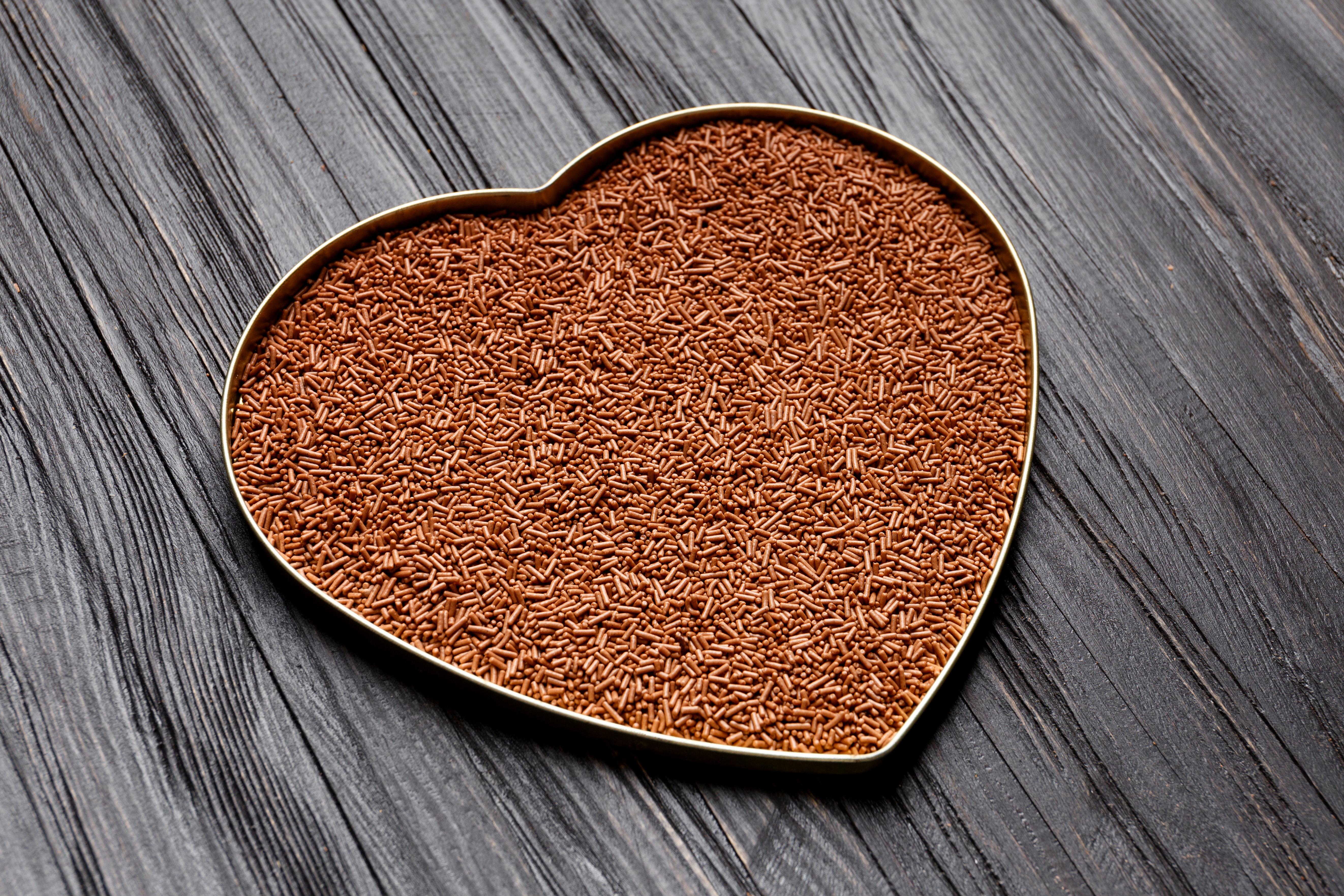
This might seem counterintuitive, but dark chocolate (specifically with 70% cacao or higher) can offer small, positive impacts on blood pressure when consumed in moderation. It contains flavonoids, plant compounds with antioxidant properties that can help improve blood vessel function and promote nitric oxide production, which aids in blood vessel relaxation. The key is strict moderation and choosing varieties with high cacao content and low sugar. A small square (1 oz) a few times a week can be a delightful and unexpected tweak that contributes to cardiovascular health, just don't overdo it!
16. The Power of Beetroot Juice
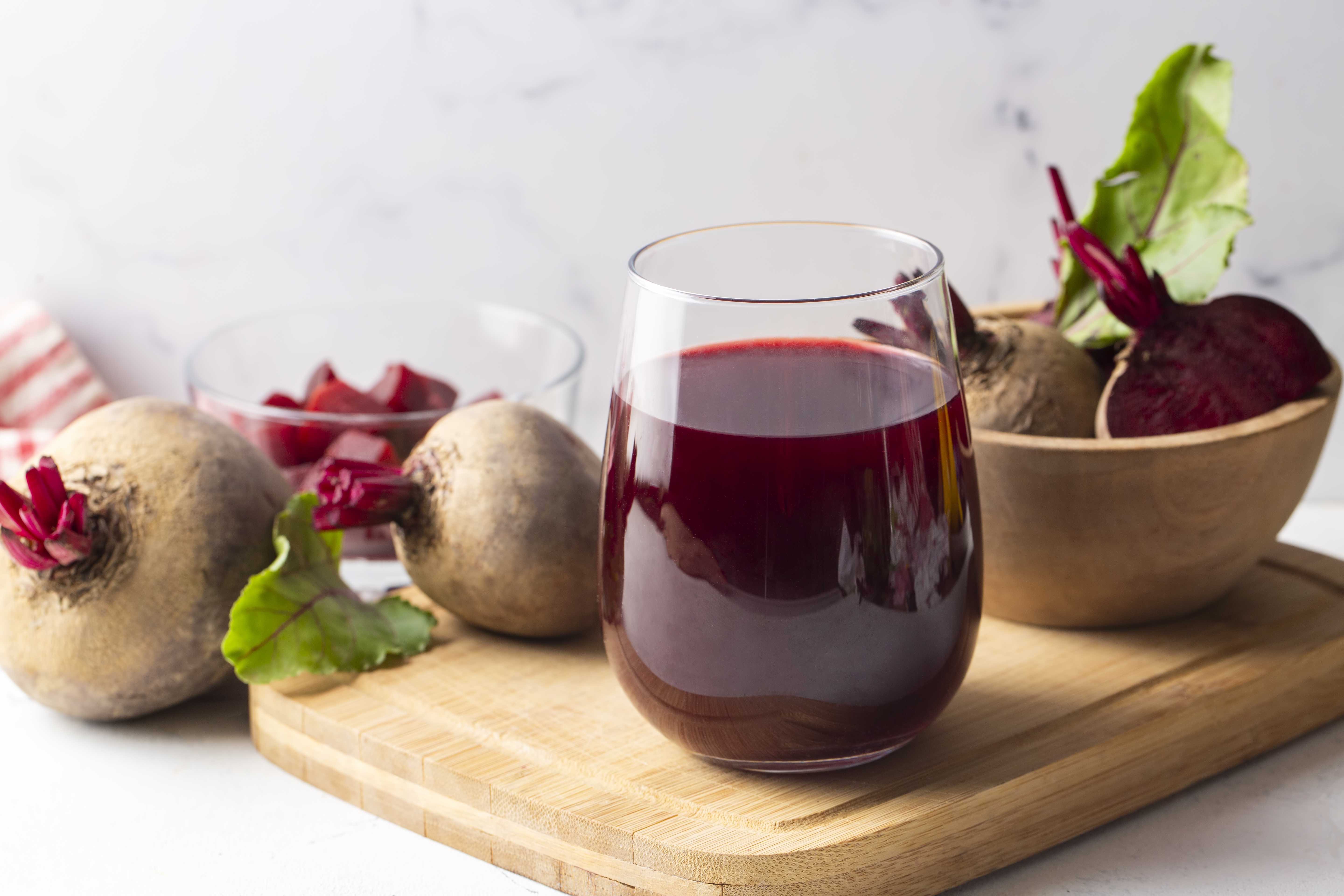
Beetroot juice is a potent natural vasodilator, meaning it helps to open up blood vessels. This effect comes from its high concentration of nitrates, which the body converts into nitric oxide – a gas that signals smooth muscle cells in arterial walls to relax, leading to lower blood pressure. Drinking a glass of beetroot juice daily can lead to a measurable reduction in both systolic and diastolic blood pressure. It's a simple, evidence-backed dietary tweak that can complement other lifestyle changes for effective hypertension management. Choose natural, unsweetened varieties.
17. Practice Intermittent Fasting (with caution & guidance)
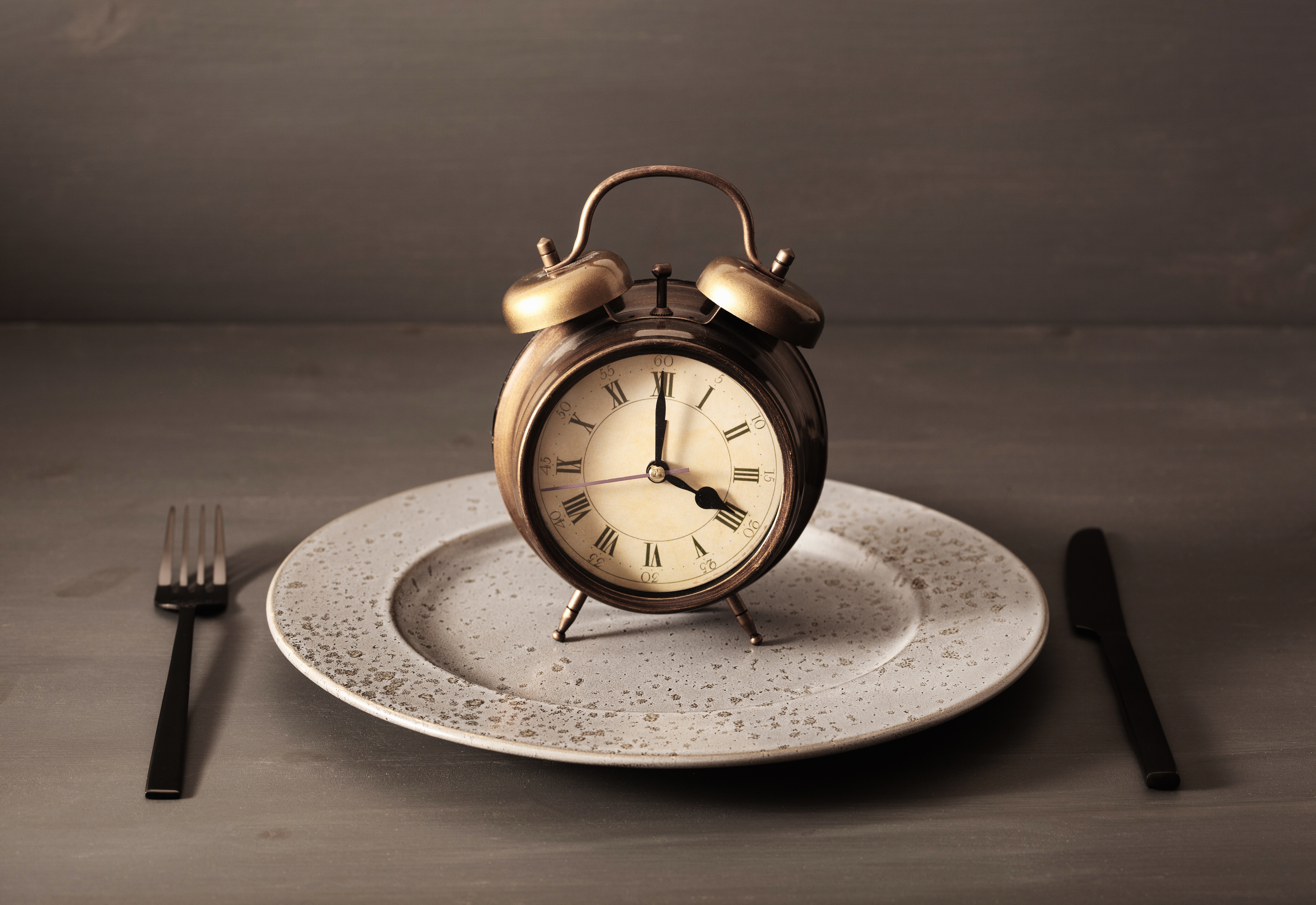
Emerging research suggests that intermittent fasting, an eating pattern that cycles between periods of eating and voluntary fasting, may contribute to lower blood pressure by improving insulin sensitivity and reducing oxidative stress. Common methods include 16/8 (fasting for 16 hours, eating within an 8-hour window) or 5:2 (eating normally for 5 days, restricting calories for 2). This tweak should always be discussed with a healthcare professional, especially if you have existing health conditions or take medications, but it offers a promising avenue for metabolic and cardiovascular benefits.
18. Embrace Regular Sunlight Exposure (Mindfully!)

While sun protection is crucial, adequate, non-burning sunlight exposure can surprisingly contribute to lower blood pressure. When sunlight hits the skin, it helps the body produce nitric oxide, a compound that relaxes blood vessels and lowers blood pressure. It also aids Vitamin D synthesis, which plays a role in cardiovascular health. Aim for 10-30 minutes of unprotected sun exposure (depending on skin type and time of day) before applying sunscreen. This natural tweak balances the need for sun protection with the benefits of mindful sun exposure for heart health.
19. Explore the Benefits of Hibiscus Tea
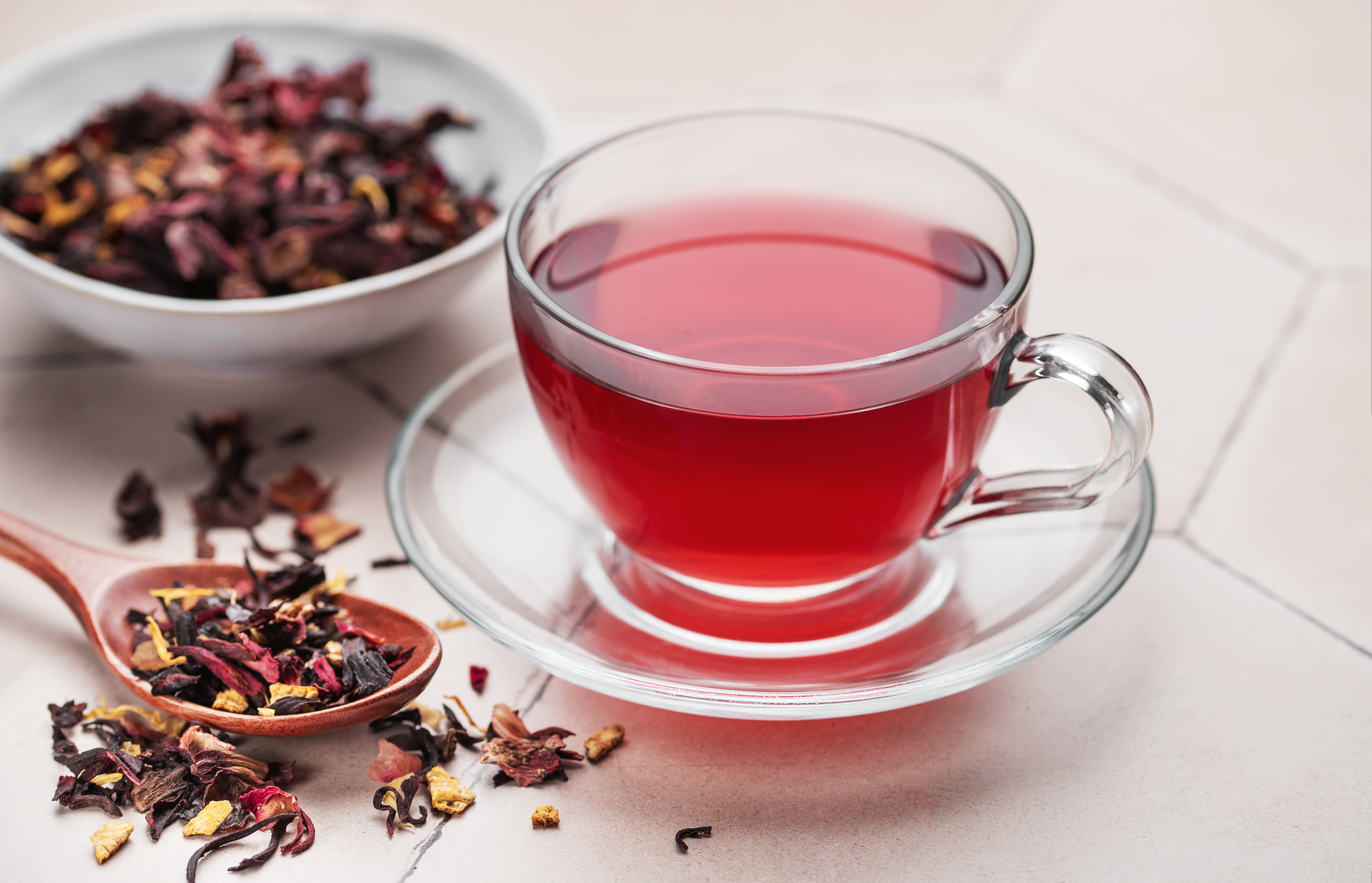
Hibiscus tea, made from the dried calyces of the Hibiscus sabdariffa plant, has been shown in several studies to significantly lower blood pressure. It acts as a natural ACE inhibitor, helping to relax blood vessels. Drinking 2-3 cups of hibiscus tea daily can be a flavorful and enjoyable ritual that contributes to blood pressure management. Choose unsweetened varieties and enjoy it hot or iced. This simple herbal tweak offers a delicious, natural way to support cardiovascular health, often with measurable results over time.
20. Cultivate a Strong Sense of Purpose and Meaning

Beyond physical tweaks, finding purpose and meaning in life has been linked to better health outcomes, including lower blood pressure. Engaging in activities that bring you joy, pursuing hobbies, volunteering, or contributing to your community can reduce stress and foster a sense of well-being. This deeper, psychological tweak impacts your overall stress response and emotional health, which directly influences your cardiovascular system. Cultivating purpose provides a powerful, sustained emotional benefit that translates into physiological calm and better blood pressure control.
21. Limit Ultra-Processed Foods and Hidden Sugars

Beyond obvious sodium, a major hidden culprit for high blood pressure is the prevalence of ultra-processed foods and hidden sugars. These items often contribute to weight gain, inflammation, and insulin resistance, all of which elevate blood pressure. By consciously limiting packaged snacks, sugary drinks, fast food, and meals with long ingredient lists, you reduce your intake of harmful additives and excessive sugars. This tweak focuses on the quality of your overall diet, addressing systemic issues that contribute to hypertension beyond just salt.
22. Focus on Nostril-Exclusive Breathing
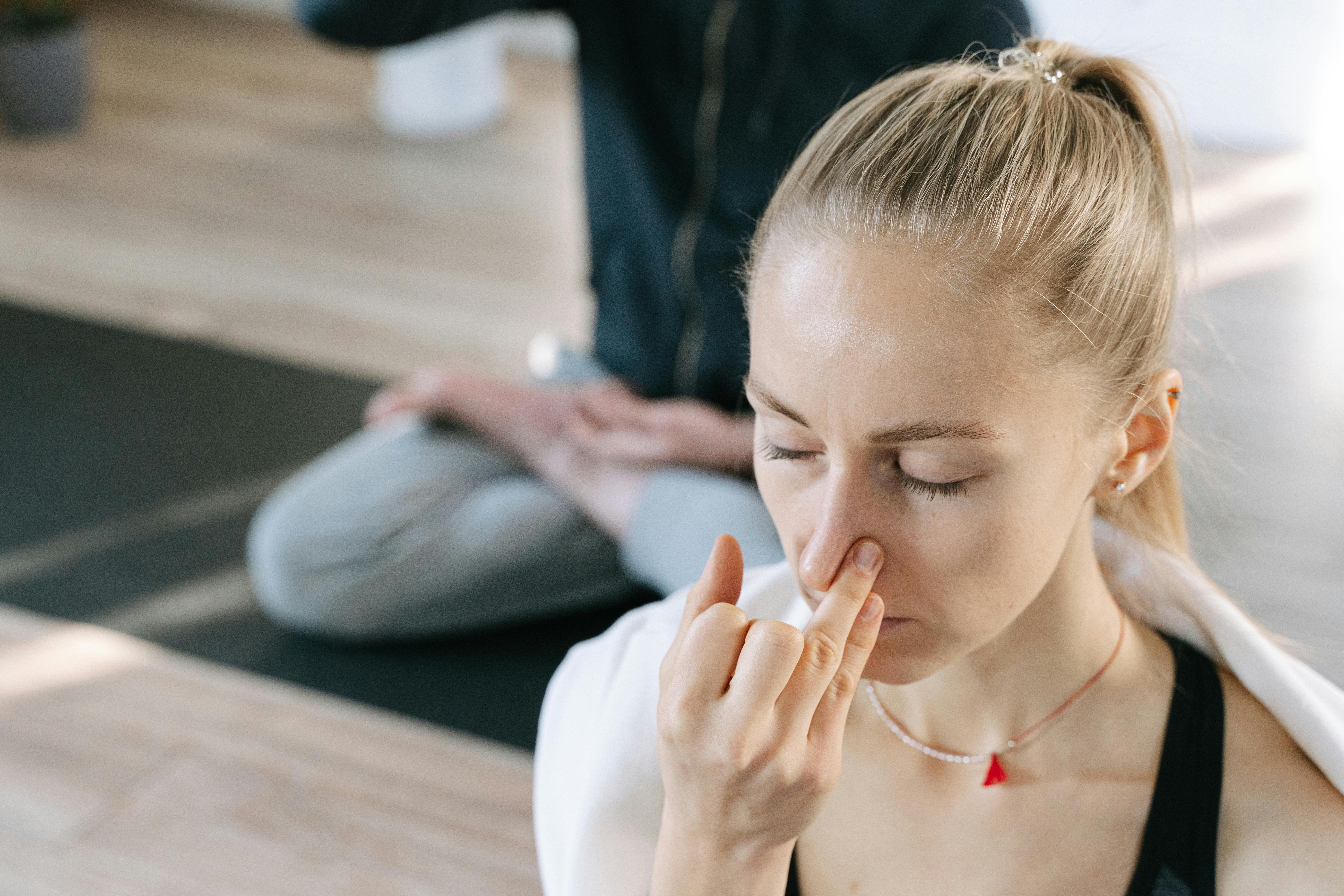
Many people unconsciously breathe through their mouths, especially during sleep or stress, which activates the sympathetic nervous system (fight-or-flight). A subtle, powerful tweak is training yourself to breathe primarily through your nose. Nostril breathing naturally slows the breath, increases nitric oxide production in the sinuses (a powerful vasodilator), and maximizes the efficiency of oxygen absorption. This simple switch activates the parasympathetic nervous system (rest-and-digest), calming your body's stress response, reducing heart rate, and promoting a sustained lowering of blood pressure over time.
23. Incorporate Iso-Tonic Handgrip Exercise
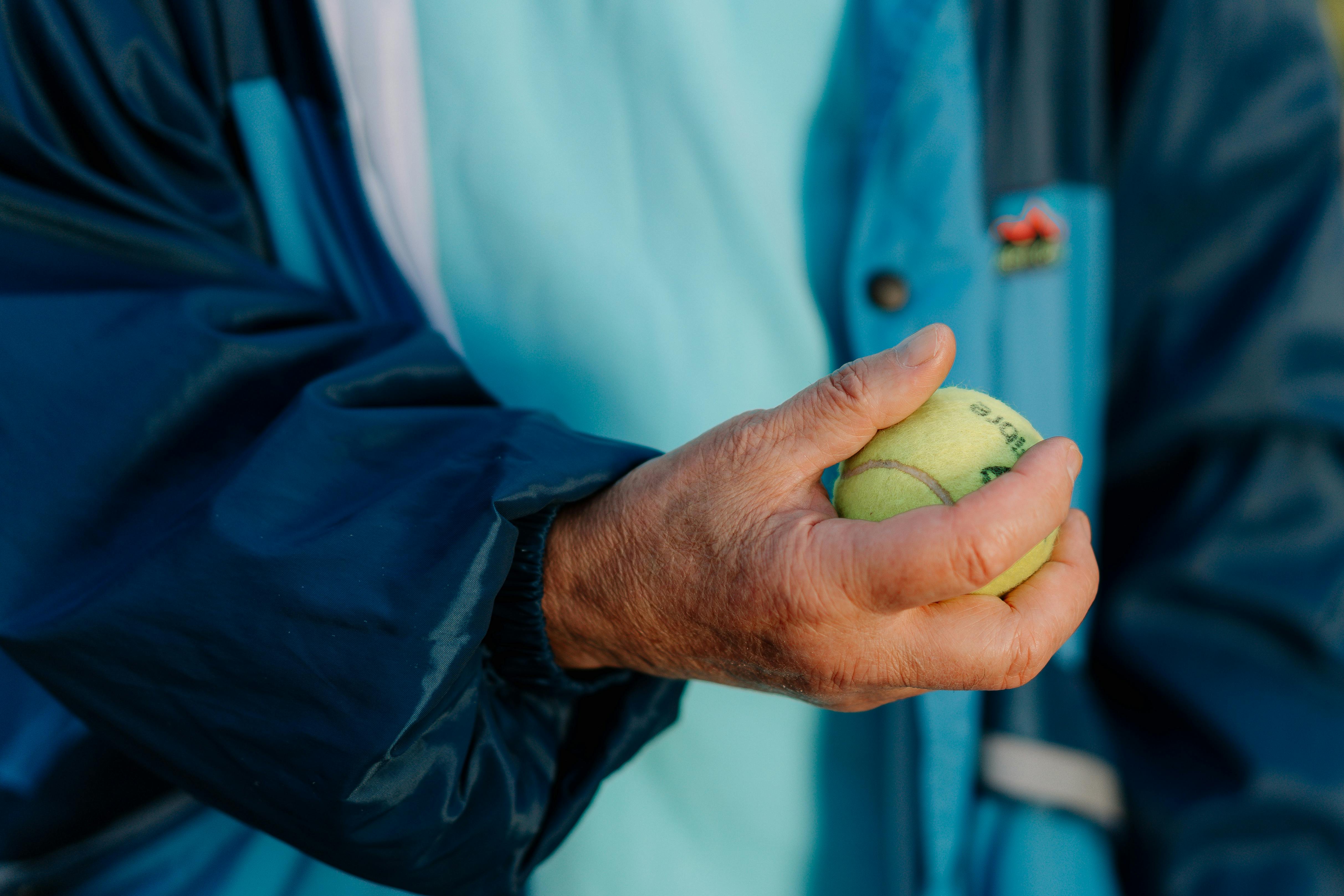
This is a specific, evidence-backed exercise tweak that requires minimal effort. Iso-Tonic handgrip training involves briefly and repeatedly gripping a small hand dynamometer or stress ball at about 30% of your maximum strength for two minutes, followed by a minute of rest, repeated four times, several times a week. Studies show this isometric exercise significantly and measurably lowers resting blood pressure over several weeks by increasing the elasticity of your arteries. It’s a convenient, low-impact method that can be done while sitting and targets the vascular system directly.
24. Embrace the Bitter Flavor (A Taste Re-Education)
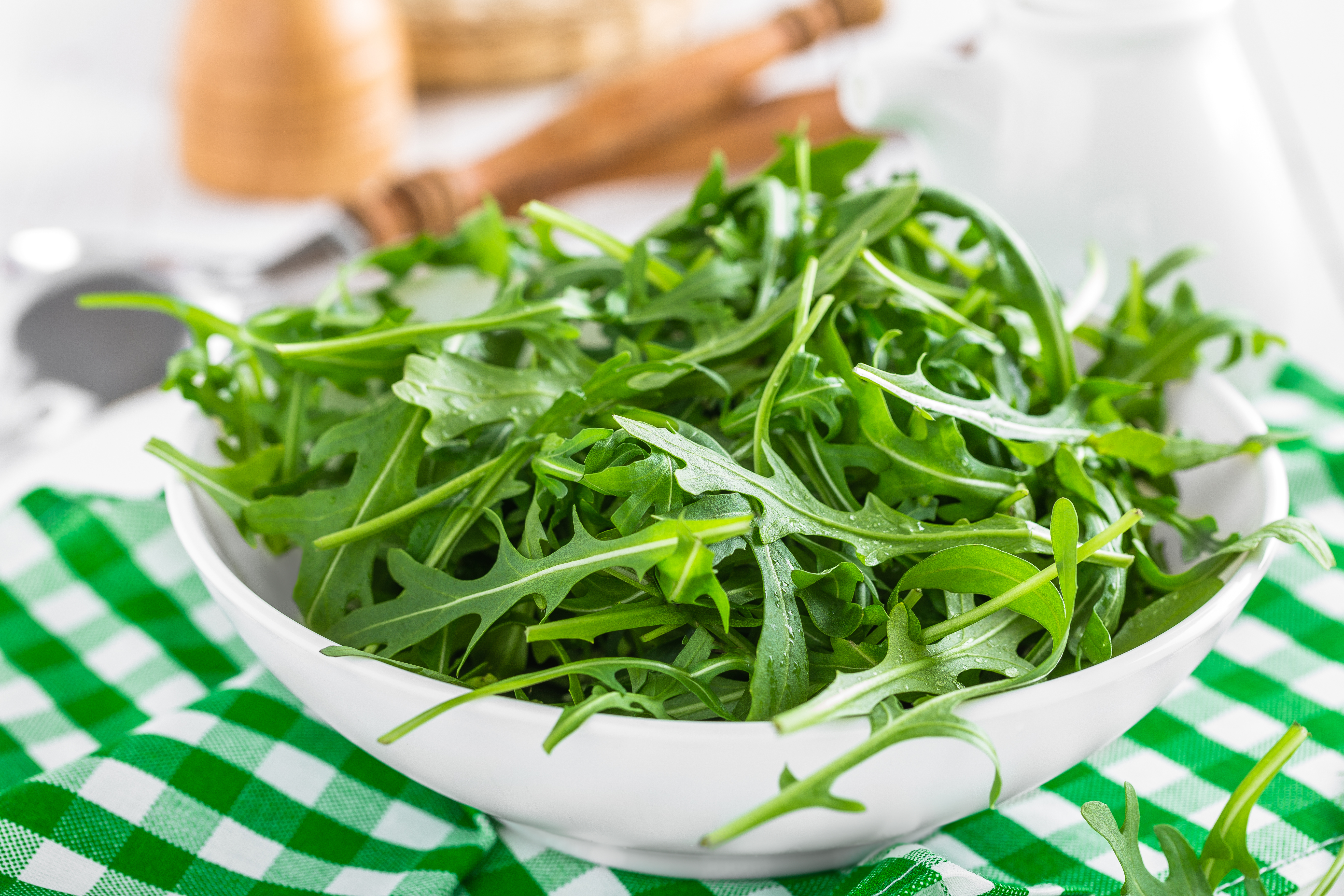
Bitter-tasting foods—such as arugula, radicchio, dark leafy greens, or dandelion greens—are often avoided, but they are incredibly beneficial. The bitterness signals the body to increase bile production, which is crucial for metabolizing cholesterol and lipids, improving overall heart health. More subtly, the bitter flavor can help curb sugar cravings and reduce the consumption of hyper-palatable processed foods (a major driver of hypertension). Making an effort to incorporate bitter greens into your daily salad or having a few raw walnuts subtly re-educates your palate toward healthier, less inflammatory choices.
25. Use Essential Oil Diffusion for Aromatic Calm

Beyond meditation, the targeted use of aromatic essential oils can offer a neurological pathway to lower blood pressure. Diffusing or inhaling certain scents, particularly Lavender, Ylang Ylang, or Bergamot, has been shown to induce immediate relaxation by directly interacting with the limbic system of the brain. This simple, pleasant tweak helps to modulate the stress axis, reducing the release of adrenaline and cortisol—hormones that constrict blood vessels and elevate pressure. Using a diffuser while winding down in the evening can make a calming ritual out of lowering your nighttime blood pressure naturally.
26. Prioritize Gut Health with Prebiotic Fiber
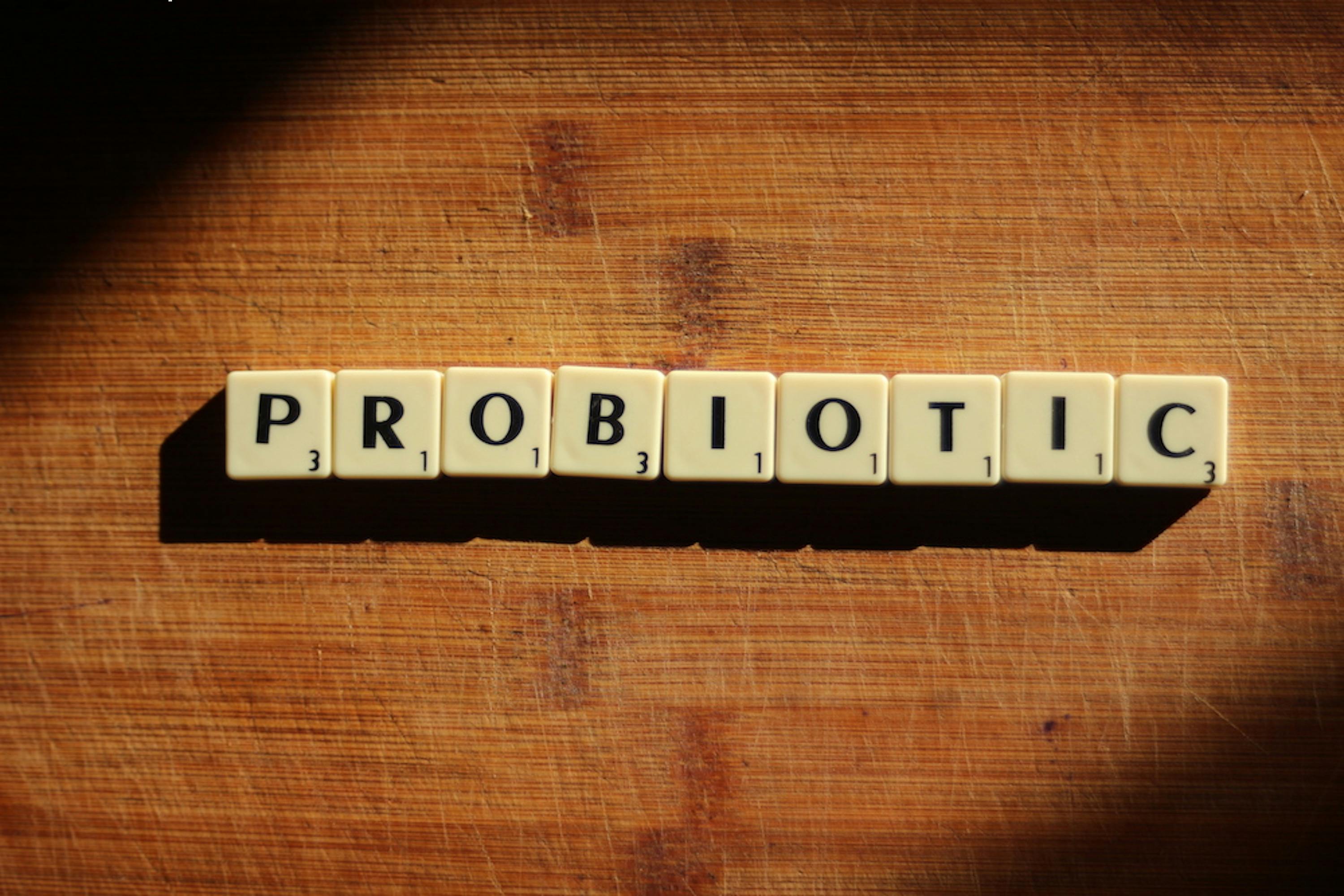
An increasingly recognized factor in hypertension is the health of the gut microbiome. Focusing on prebiotic fiber (found in oats, garlic, onions, bananas, and artichokes) feeds beneficial gut bacteria, which then produce short-chain fatty acids (SCFAs). These SCFAs enter the bloodstream and play a regulatory role in the cardiovascular system, reducing inflammation and helping to modulate blood pressure. Treating the gut as an essential, indirect partner in blood pressure control offers a deeper, more systemic solution than simply restricting salt. Gradually increase your intake of these prebiotic foods for long-term arterial benefits.
27. Incorporate Iso-Tonic Handgrip Exercise for Vascular Strength

This is an evidence-backed, low-impact exercise tweak that targets the vascular system directly. Iso-Tonic handgrip training involves briefly and repeatedly gripping a small hand dynamometer or a firm stress ball at about 30% of your maximum strength for two minutes, followed by a minute of rest, and repeating this sequence four times, several times a week. Studies show this isometric exercise significantly and measurably lowers resting blood pressure over several weeks by increasing the elasticity and improving the function of your arteries. It’s a convenient, portable, and time-efficient method that can be done while sitting, offering a mechanical pathway to better blood flow and reduced strain on the heart.
28. Explore the Power of Hibiscus Tea as a Natural ACE Inhibitor

Hibiscus tea, made from the dried calyces of the Hibiscus sabdariffa plant, is far more than a simple herbal drink; it acts as a natural Angiotensin-Converting Enzyme (ACE) inhibitor. Research has consistently shown that regularly drinking 2-3 cups of this ruby-red beverage daily can significantly lower both systolic and diastolic blood pressure. It works by interfering with the hormonal pathway that typically constricts blood vessels, helping them to relax and widen. This simple, flavorful, and enjoyable ritual provides a delicious, natural way to support cardiovascular health, often yielding measurable results over time. Ensure you choose unsweetened varieties to reap the full benefits.
29. Prioritize Gut Health with Prebiotic Fiber

An increasingly recognized, deeper factor in systemic health and hypertension is the status of your gut microbiome. Focusing on prebiotic fiber—found abundantly in oats, garlic, onions, slightly green bananas, and artichokes—feeds the beneficial bacteria in your digestive tract. These bacteria then produce beneficial compounds called short-chain fatty acids (SCFAs). When absorbed into the bloodstream, these SCFAs play a crucial regulatory role in the cardiovascular system, actively helping to reduce chronic inflammation and modulate blood pressure. Treating the gut as an essential, indirect partner offers a profound, systemic solution that goes beyond traditional dietary restrictions for long-term arterial benefits.
30. Mindful Listening to Calming Music (432 Hz)

Beyond general relaxation and meditation, the specific act of mindful listening to music set at a particular frequency can offer physiological benefits. Music tuned to 432 Hz, often called the “Verdi A,” is thought by some researchers to resonate harmonically with the body, inducing a deeper state of calm and relaxation than standard musical tuning (440 Hz). Creating a deliberate 15-20 minute daily habit of quietly listening to calming, instrumental music at this frequency can help activate the parasympathetic nervous system. This small, consistent neurological tweak helps to slow your heart rate and breathing, modulating the body’s stress response and promoting a sustained lowering of your resting blood pressure.
31. Focus on Nostril-Exclusive Breathing for Nitric Oxide Maximation

Many people unconsciously breathe through their mouths, especially during sleep or stress, which activates the sympathetic nervous system (the fight-or-flight response). A subtle yet incredibly powerful tweak is training yourself to breathe primarily and exclusively through your nose. Nostril breathing naturally slows the breath and, critically, increases the production of nitric oxide within the sinuses—a gas that is a powerful vasodilator, meaning it helps to open blood vessels. This simple switch activates the parasympathetic nervous system (rest-and-digest), calming your body's stress response, reducing heart rate, and promoting a sustained lowering of blood pressure by maximizing the efficiency of your internal mechanics.
33. Practice Cold Exposure (Brief, Controlled)
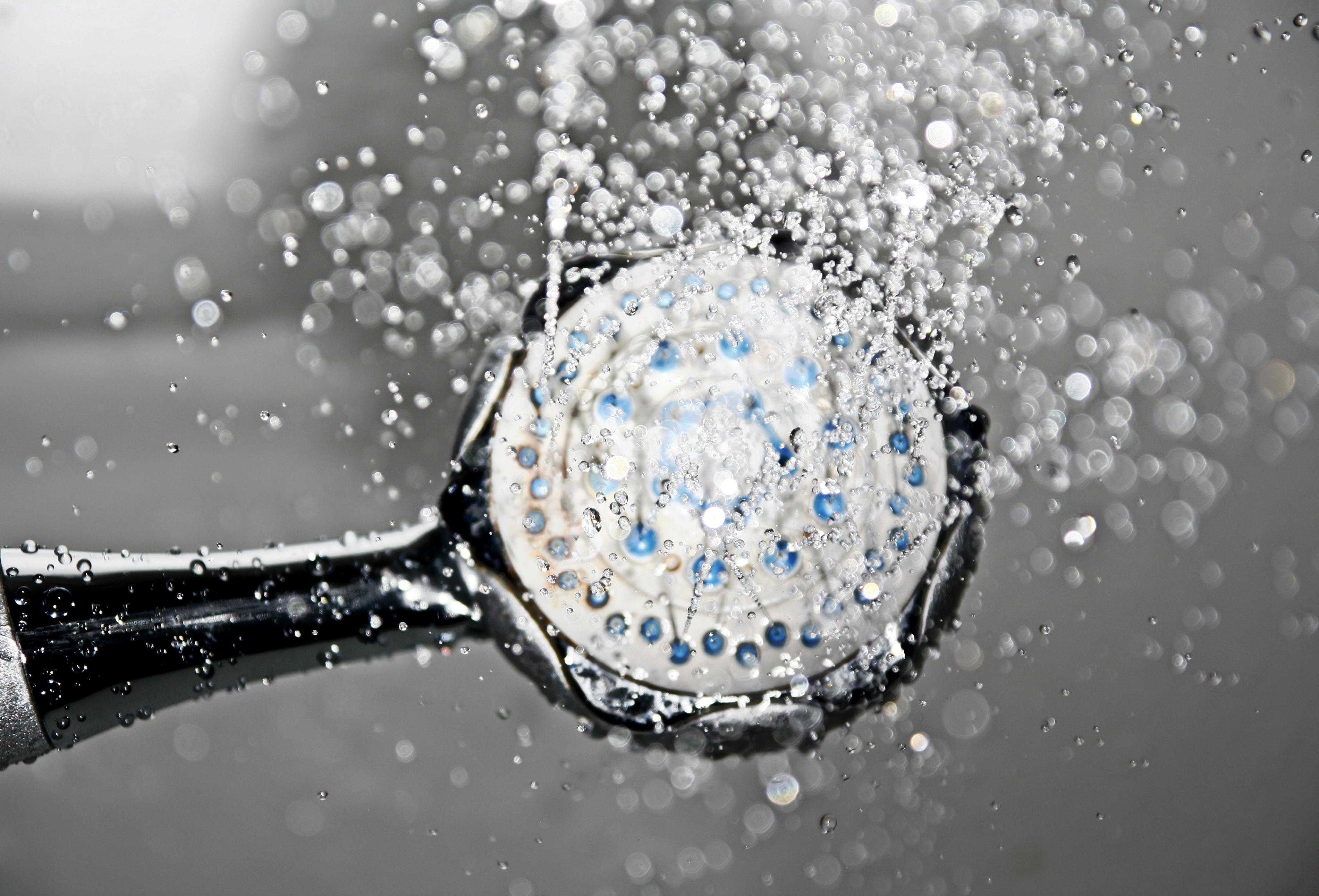
A seemingly counterintuitive but powerful tweak is introducing brief, controlled cold exposure—like ending your shower with 30-60 seconds of cold water. While cold initially raises blood pressure, the body adapts rapidly. Regular exposure enhances the body's vagal tone, strengthening the parasympathetic nervous system (the "rest and digest" mode) over the "fight or flight" response. Over time, this daily shock trains your vascular system to become more resilient and better regulated, leading to a lower resting heart rate and better blood pressure control. This neurological reset is a quick, invigorating ritual for vascular health.
34. Humming or Gargling to Stimulate the Vagus Nerve

The Vagus nerve is the main regulator of your heart rate and blood pressure. You can manually stimulate it through simple vibrations. Humming or vigorous gargling activates the nerve endings in the throat, sending a calming signal directly to the brain and heart. This technique provides a quick, portable way to deliberately shift the nervous system from sympathetic (stressed) to parasympathetic (relaxed), helping to immediately and temporarily lower blood pressure spikes. Making this a daily habit, perhaps gargling deeply before brushing your teeth, offers a free, immediate biofeedback tool for neurological calm.
35. The 90/90 Rule for Prolonged Sitting

Sitting incorrectly for long periods can negatively impact blood pressure by straining the vascular system and compressing major arteries. The 90/90 Rule is a postural hack: ensure your hips are bent at 90 degrees and your knees are bent at 90 degrees, with your feet flat on the floor. Crucially, your chair should allow you to avoid crossing your legs, which temporarily elevates pressure. Consistently maintaining this neutral, uncompressed posture while working promotes unrestricted blood flow and minimizes the vascular resistance caused by poor sitting habits, acting as a crucial, ongoing preventative measure.
36. Increase Dietary Sulfur (Garlic/Onion Precursors)
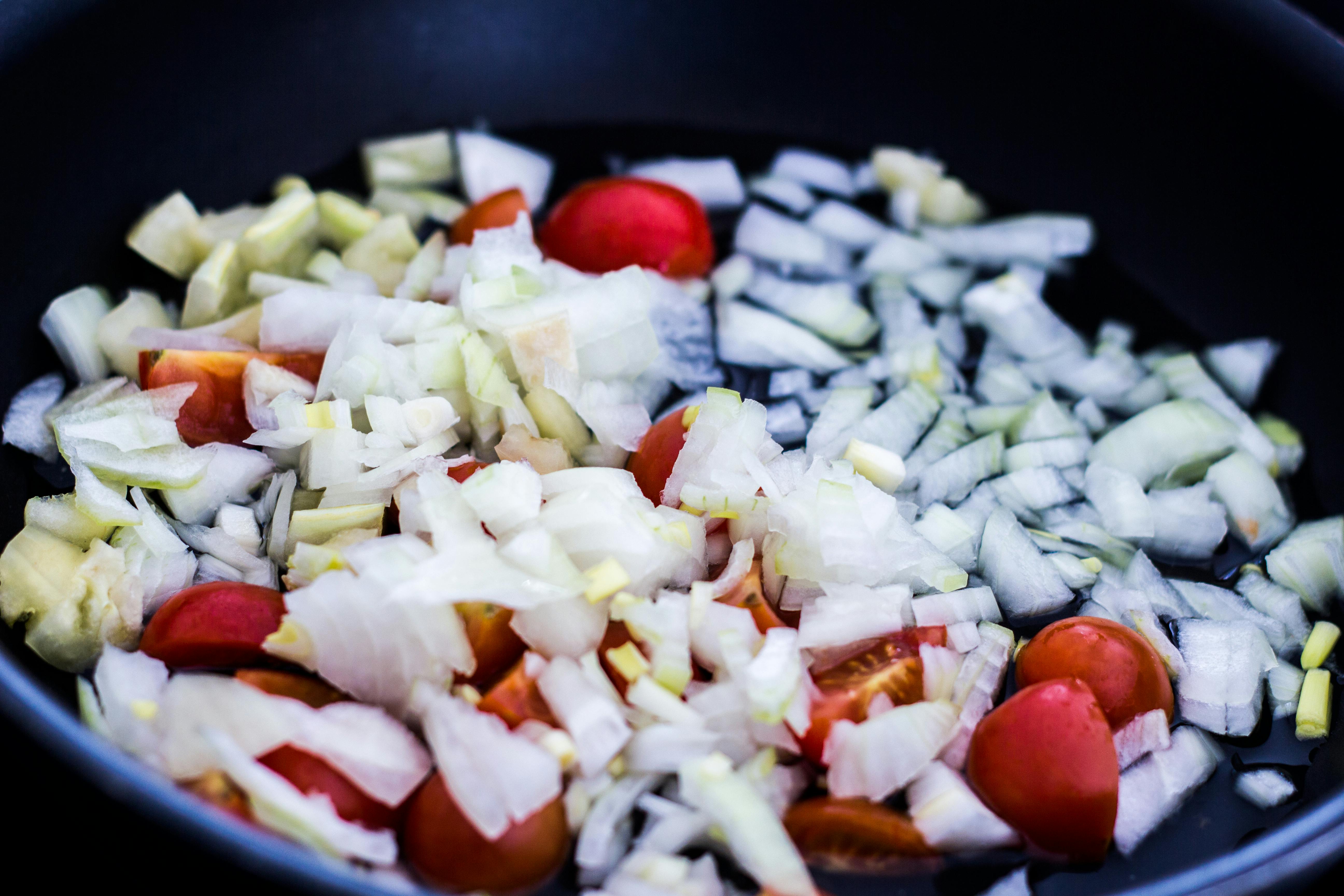
Beyond the well-known allicin in garlic, focusing on dietary sulfur compounds found in alliums (onions, leeks, chives) and cruciferous vegetables (broccoli, cabbage) is a deeper, structural tweak. Sulfur is essential for the production of hydrogen sulfide (H2S) in the body, a natural gas molecule that acts as a potent vasorelaxant and anti-inflammatory agent. Ensuring you cook with these pungent, sulfur-rich ingredients daily—not just for flavor, but for their direct vascular support—provides a consistent, systemic method to maintain arterial flexibility and promote healthy, open blood flow.
37. Wear Noise-Cancelling Headphones in Busy Environments

Environmental stress—specifically chronic noise pollution—is a proven contributor to elevated long-term blood pressure, as it keeps the nervous system on constant alert. Adopting the proactive habit of wearing noise-cancelling headphones in high-decibel areas (on public transit, in open offices, or during busy commutes) helps to minimize this auditory stress load. By filtering out unpredictable, loud, or jarring sounds, you reduce the underlying cortisol and adrenaline release that drives chronic hypertension, providing a modern, often-necessary environmental buffer for maintaining a lower, more relaxed resting blood pressure.
Beyond the Quiet Whispers: Reclaiming Your Breath

The true power in confronting hypertension lies not in a single drastic change, but in the cumulative effect of these daily, mindful tweaks. You have the agency to turn the tide against this silent enemy, one sip of hibiscus tea, one moment of deep nostril breathing, or one handful of prebiotic-rich oats at a time. View this journey not as a burden of restriction, but as a commitment to your own self-preservation and vitality. By consistently integrating these subtle yet profound adjustments—from Iso-Tonic handgrips to prioritizing gut health—you are actively re-engineering a calmer, stronger cardiovascular system. Reclaim your health: the control is already in your hands.